Most of you would have heard of Bundelkhand, the region in which the famous Khajuraho temples sit and which is home to the storied Chambal valley. East of Bundelkhand is the Bagelkhand region, which in pre independent India had a smattering of princely states, the largest of which was Rewa. The Maharajas of Rewa once controlled an area of 30,000 odd square kms, with their capital at Bandhavghad. Despite its relative obscurity today, Rewa was once an important ally of the Mughal Emperors, contributing to Akbar’s court two of his Navaratnas: the Minister Birbal and the maestro Tansen.
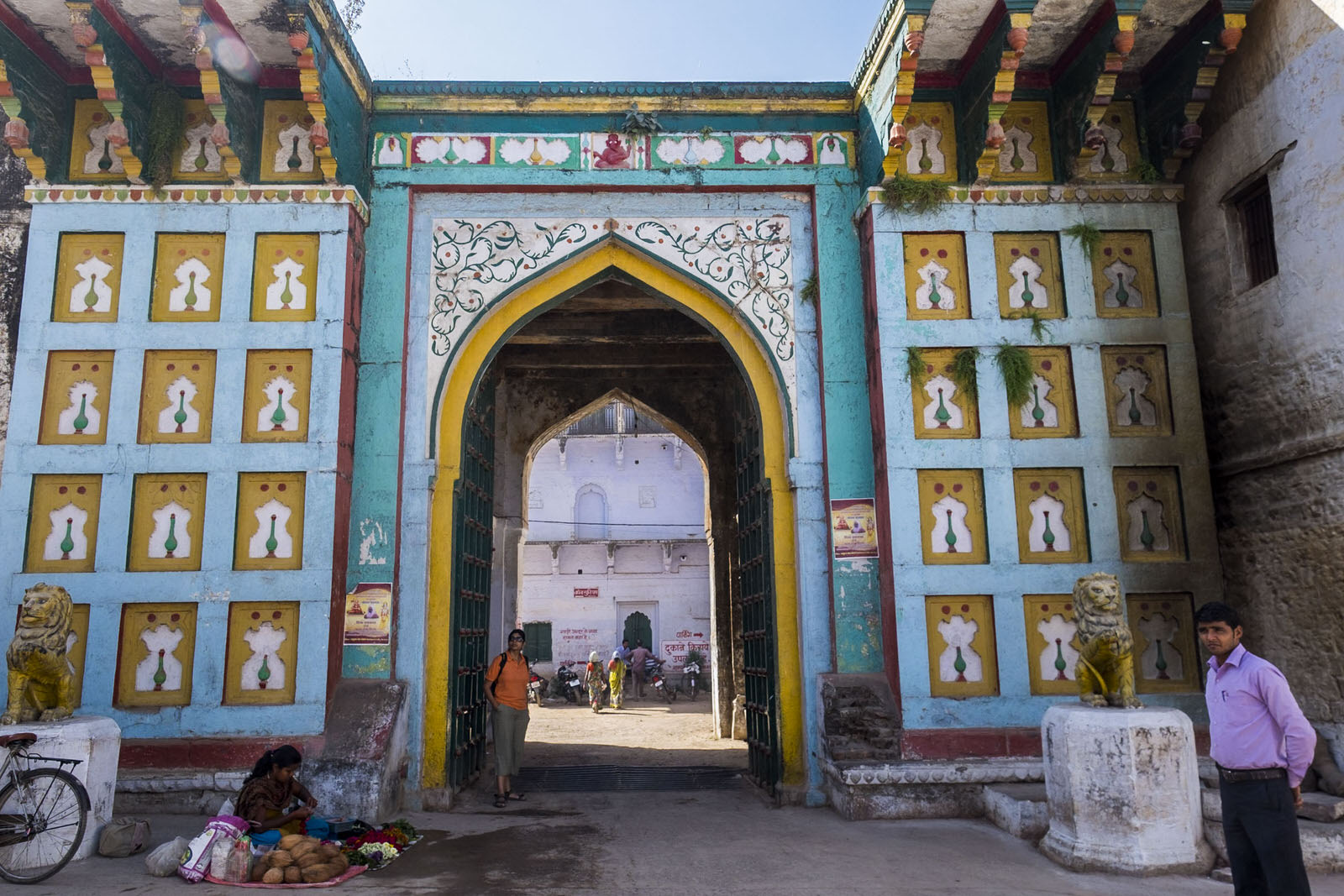
Despite being an avid hunter the then Maharaja of Rewa, Martand Singh, who is said to have shot 131 tigers, eventually gave up the gun and was instrumental in influencing PM Indira Gandhi to have Bandhavghar declared as a National Park in 1967-68. His decision shaped the park becoming a prime habitat for the Royal Bengal Tiger, with safaris open to the public in the beautiful forest.
Today Rewa is a dusty little town that brooks little interest, but we had a two fold reason for going there. One was an article we came across on our friend Neelima’s blog that piqued our curiously in this obscure corner of northern Madhya Pradesh and we decided to make a quick stop in Rewa (which actually involved quite a detour) en route from Panna to Kanha.
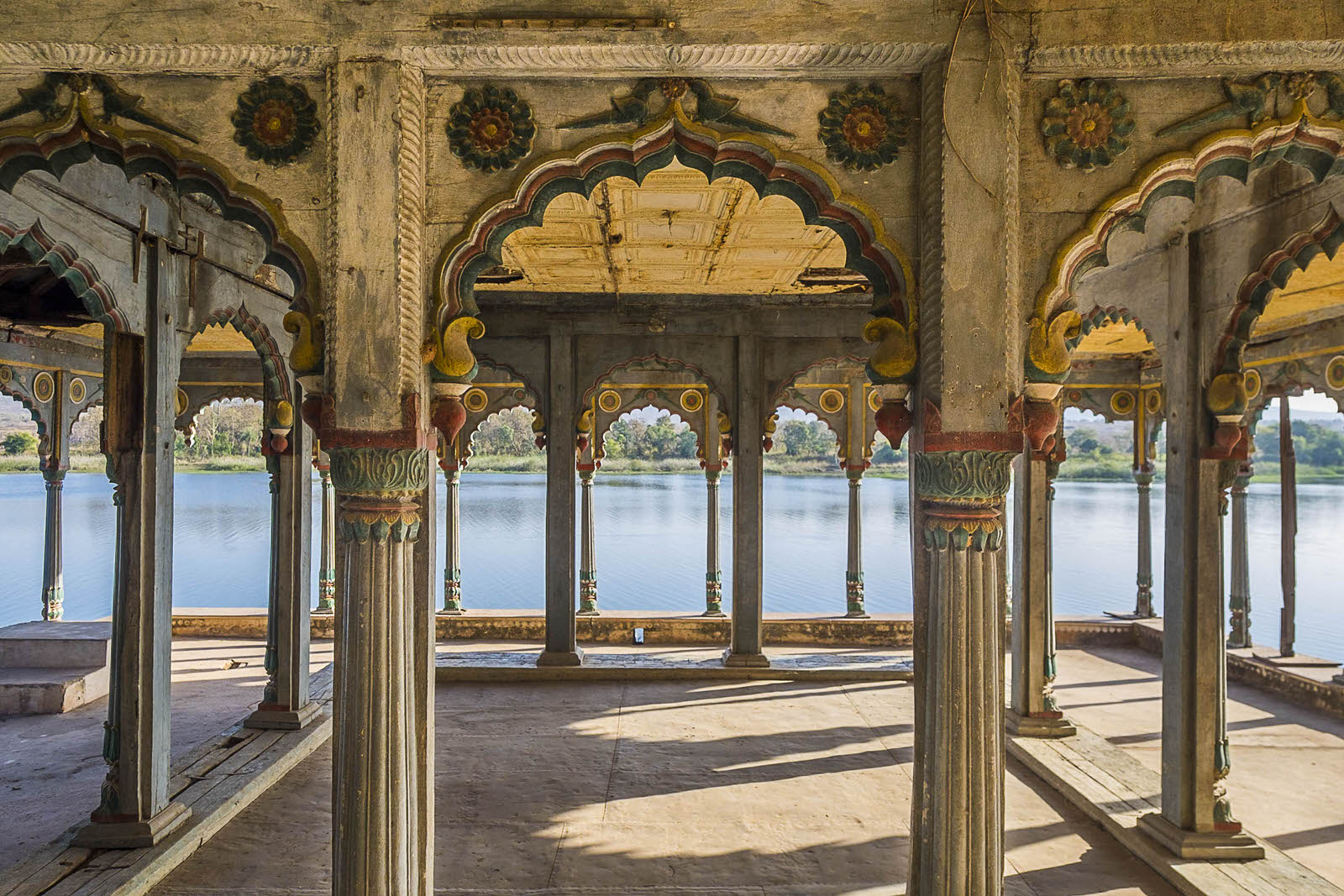
We ended up spending a couple of days in Rewa, visiting the Rewa Fort, museum in Rewa Palace and the Govindghar Fort, an hour or so outside the town. Not much is left of the Govindghar Fort, which was once the summer palace of the Rewa Maharajas, but for us that’s really part of its allure! Sitting on the banks of the man made lake, the now dilapidated palace is technically closed to public but we didn’t know that, and if there is anything we have learnt on our travels, it is that persistence in such a situation usually pays!
After 10 minutes of pleading with the caretaker we finally wore him down and he reluctantly let us in for for a quick tour. Though the palace is largely dilapidated, it doesn’t take much imagination to see that it would have been a grand and unique structure in its time. From the beautiful carved wooden dancing hall overlooking the lake to the curiously sculpted pair of Lions in the entrance courtyard and the massive ceremonial carriage sitting under the towering entrance arches, the Govindghar Fort cries out in silence for its stories to be told once again.
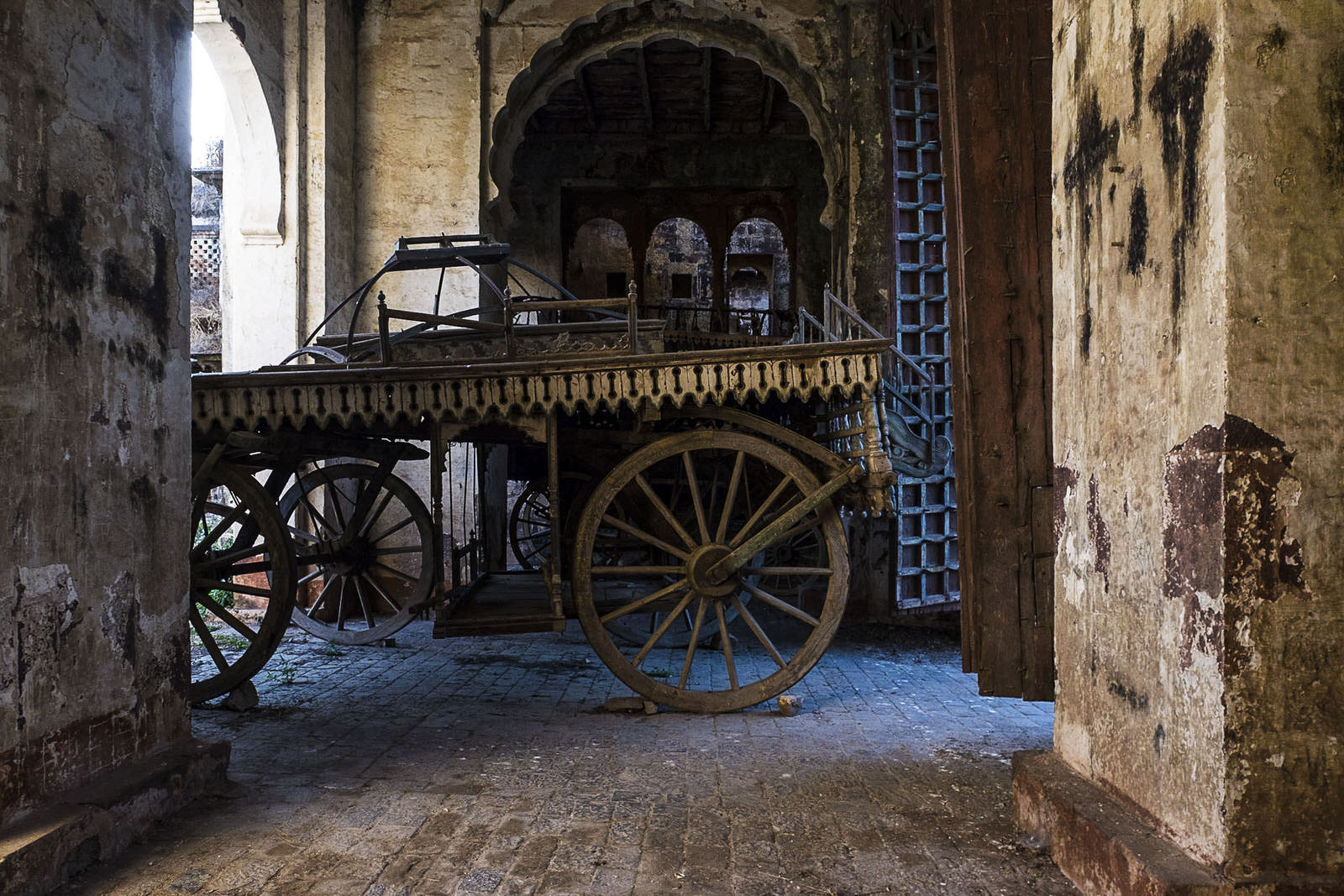
However apart from the Fort that drew us to Rewa we had another reason.
What makes Rewa unique today is its self proclaimed moniker of being the Land of the White Tigers!
The Maharajas of Rewa like the rulers of other former princely states across India, were once avid hunters and it is said that on one such hunting expedition Raja Martand Singh, the last of the Rewa Maharajas came across a tiger cub in 1951. The cub was all white, with brilliant blue eyes.
So enamoured was the King with this creature of rare beauty that he had it captured and not killed. The Tiger was housed in the Govindghar Fort and named Mohan. From there begins the sorry tale of the Maharajas obsession with the white tiger and his dream of ‘conserving’ the race.
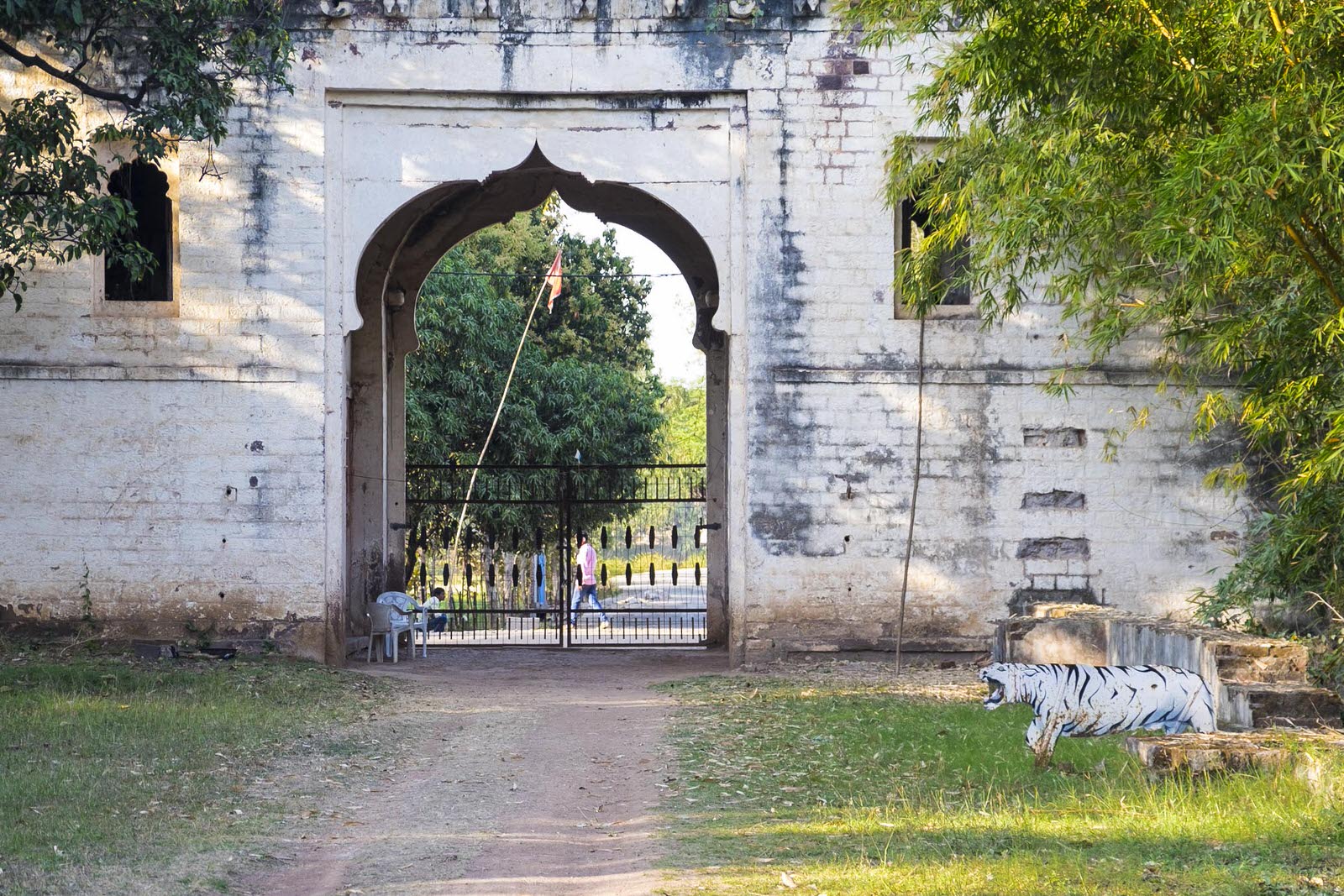
So enamoured was Martand Singh with his precious Mohan that he tried to create more Mohans’ by breeding the white tiger with other ‘normal’ tigers. He was first bred with the aptly named tigress Begum. They had three litters together but not one of the cubs was white.
When his efforts did not bear fruit, the Maharaja perhaps based on ill advice he received or perhaps out of desperation, bred Mohan with one of his daughters from a previous litter, which finally lead to the birth of four white cubs. Whilst this method ensured a small population of white tigers, breeding father with daughter also lead to genetic anomalies and cases of depression amongst the tigers due to inbreeding have also been found.
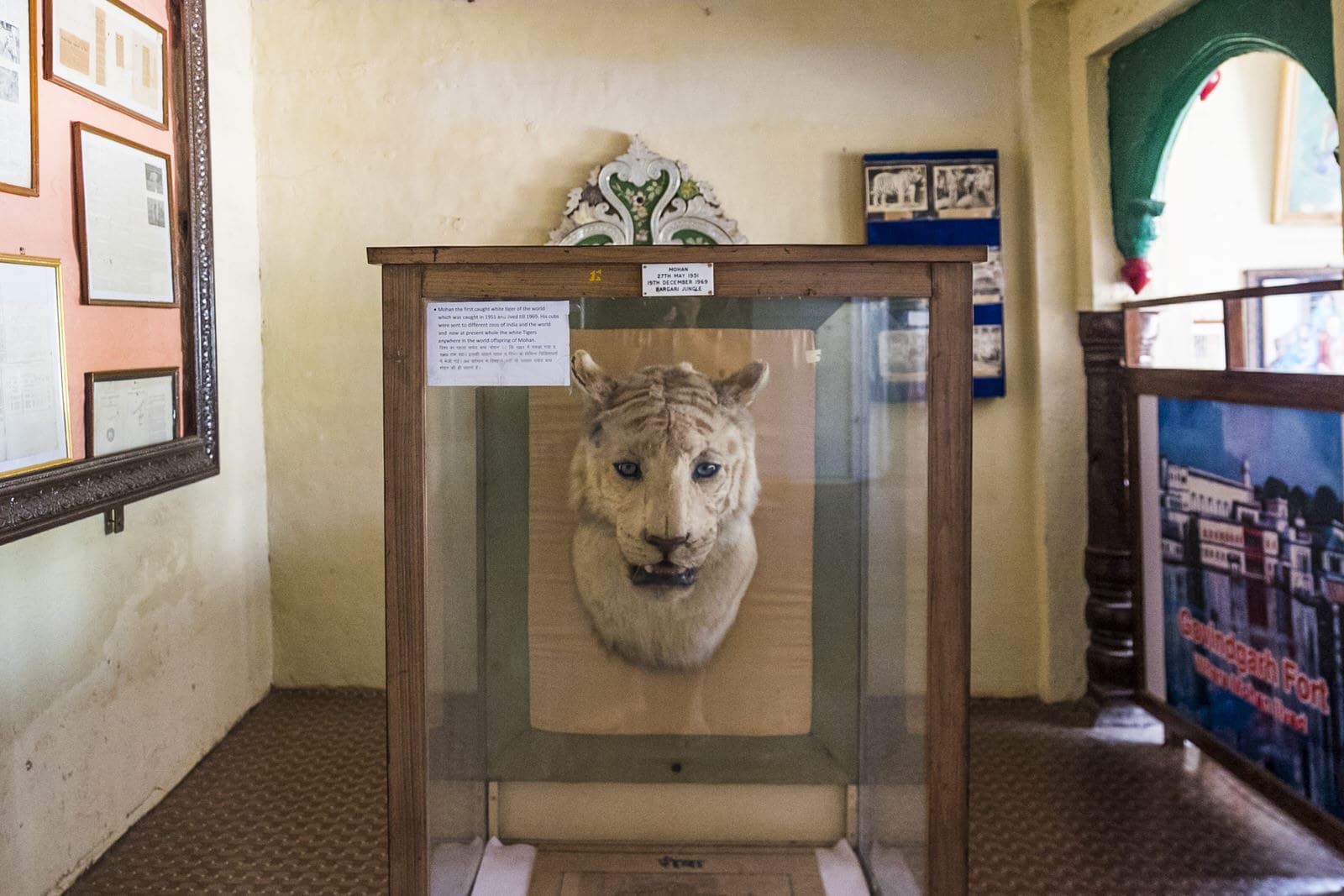
Mohan eventually bore 46 white cubs from various litters with his daughters and grand daughters and the legacy of this effort is that a majority of the white tigers in captivity across the the world today (including the one we saw a few weeks later in Van Vihar in Bhopal) can trace their lineage back to Mohan.
The very interesting little museum in the Rewa palace, besides housing a beautiful durbar hall complete with a massive chandelier and a stunning silver throne, has a section dedicated to the white tigers, including Mohan’s stuffed bust and a chart tracing his lineage and progeny across the world.
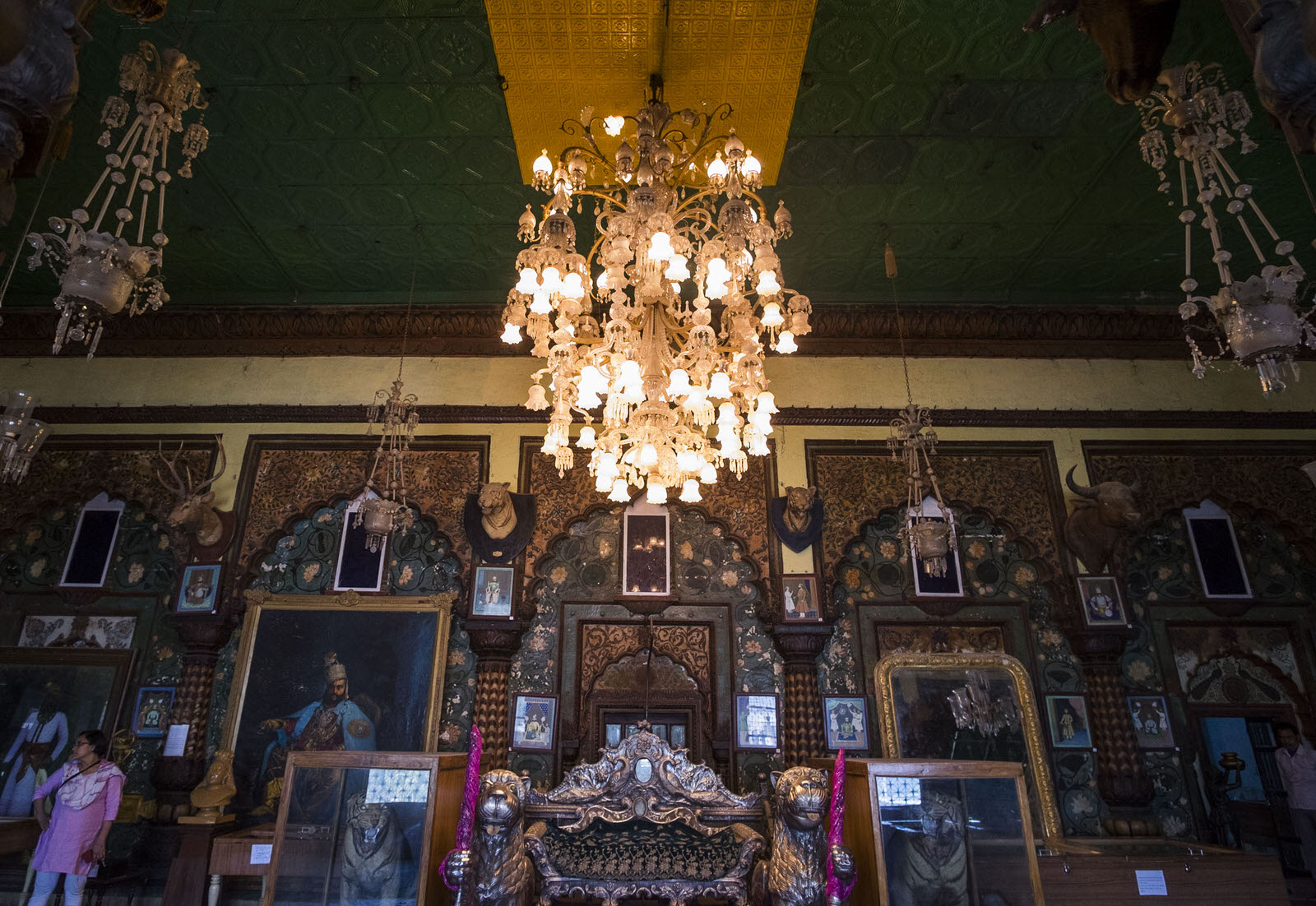
Unfortunately Rewa’s unhealthy obsession with white tigers did not die with Mohan or his captor. Though this practice of breeding white tigers in captivity can hardly be called conservation, Rewa today, with the support of Martand Singh’s son Pushpraj Singh, has what it grandly calls a White Tiger Sanctuary, complete with a ‘safari’ and breeding center to attract tourists.
While Rewa is proud of its White tiger heritage, we chose not to visit the White tiger ‘Safari’.
In our opinion this practice of breeding white tigers for the purpose of ‘tourism’ flies in the very face of conservation. Many conservationists and wildlife experts feel that this sort go misguided efforts distracts from real issues at hand that require attention and money.
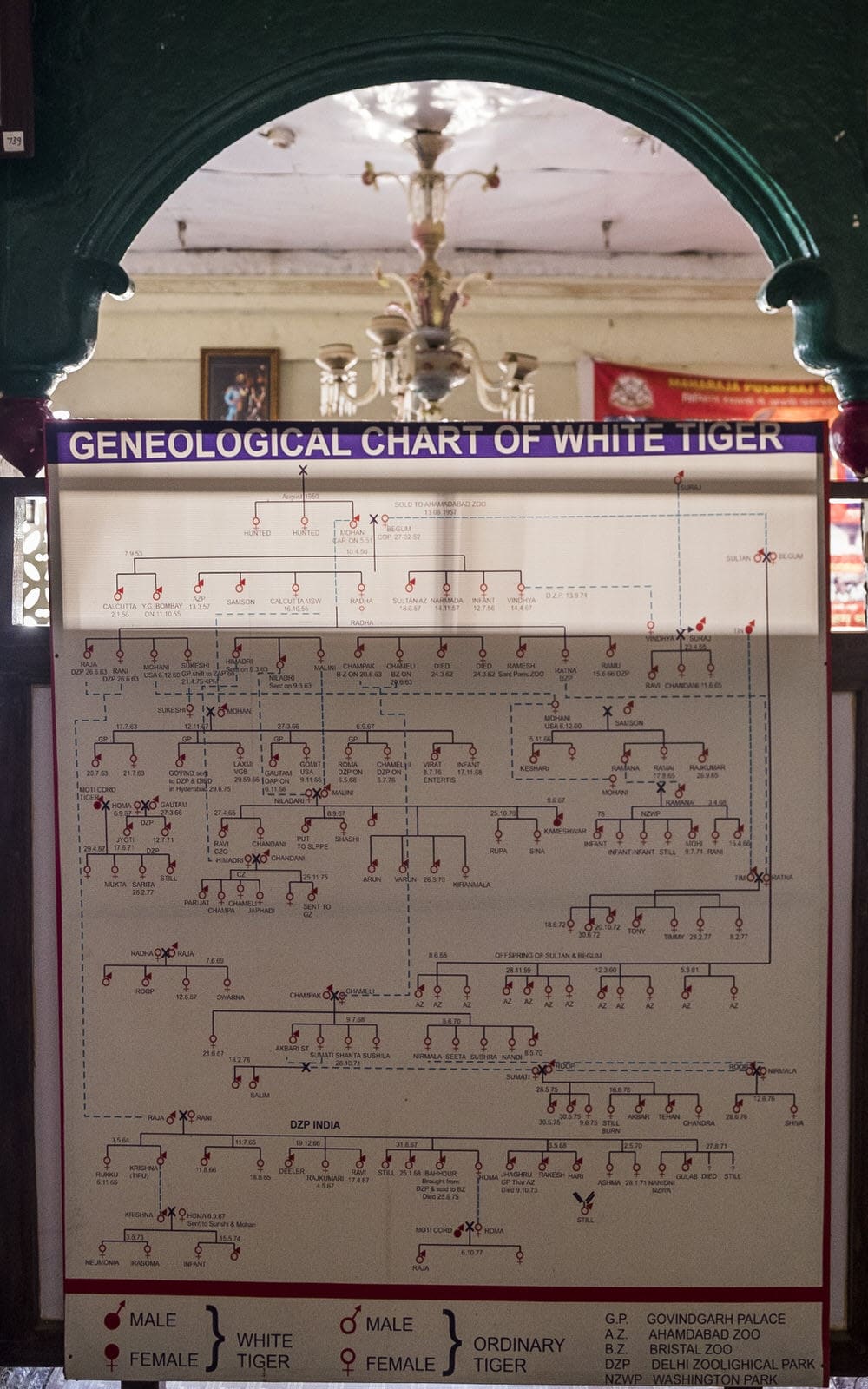
The inbreeding that results from the process is devastating for the animal and add to that the fact that these tigers, all bred in captivity can never be released into the wild, making the whole conservation agreement fallacious. The lack of pigmentation in the tiger is caused by a genetic anomaly, an accident of nature, and whilst the result is stark and beautiful, as a recent sighting of a white tiger in the wild in the Nilgiri biosphere will attest, it is something, that in the end, is best left to nature.
Some Useful Information:
Rewa is located approximately 200 km from Khajuraho and Varanasi and can make an ideal night halt between the two. The best option to stay is the Rewa Raj Vilas, run by the erstwhile Royal Family, which continues to do some good work in Rewa including running a school out of the old palace complex.
To be honest I think it would have been better if white tigers had never existed. They are a genetic train wreck and they’re freaks. They have weakened immune systems, and tend to be cross eyed like Siamese cats. They have a visual pathway abnormality in the brain, and lack depth perception. 100% of white tigers are hearing impaired. The Maharaja of Rewa sold a pair of white tigers to the Bristol Zoo in 1963. The Bristol Zoo later acquired a second male white tiger from New Delhi Zoo. I saw the white tigers at Bristol Zoo in 1976. They no longer keep white tigers and neither does the zoo in Washington DC, since AZA accredited zoos aren’t allowed to have them. White tigers at New Delhi Zoo and at Govindgarh Palace in Rewa were featured in the 1970 National Geographic documentary Zoos Of The World. Here it is.
https://www.youtube.com/watch?v=5tdPJO31ffc
It features K.S. Sankhala the New Delhi Zoo director after 43:00.
The Calcutta Zoo acquired two male white tigers from the Maharaja of Rewa in the 1960s, and he gave one to Bombay Zoo. Here is that Jim Corbett movie which includes the film he shot of a white tiger in the wild in 1938.
https://www.youtube.com/watch?v=sMo2d1b1cP4
All white tigers in the West are mongrelized. They look like Siberian tigers now. I discovered recently that the Moscow Zoo has white tigers. Proposed legislation in the United States would halt all white tiger breeding permanently, since only accredited zoos would be allowed to breed tigers. Ralph S. Scott stayed in the Palace of the Maharaja of Rewa on one of his tiger hunting trips to India and he stayed in the palaces of other Maharajas in India. The Maharaja of Rewa became a conservationist and created the Bandahavgarh National Park out of his private land. I think it is home to the largest population of wild tigers left in India. It has the White Tiger Lodge. K.S. Sankhala was a very successful breeder of white tigers in his own right, and was the director of Project Tiger. President Tito of Yugoslavia asked for white tigers from India for Belgrade Zoo and was refused. Indira Gandhi used to officiate at public christening ceremonies for white tiger cubs born at New Delhi Zoo. There was a poll on the Zoo Chat website. Most people have a negative view of white tigers today. Something like 83% have a negative view of white tigers.
Thank you for the message. Ralph S. Scott was an attorney who worked on the Al Capone case. There is a video on the internet of Mohini Rewa the white tiger being presented to President Eisenhower at the White House in 1960. I believe that Ralph S. Scott is in the video. There was something else I came across recently on the internet, which I think is more interesting than the white tigers of Rewa. It’s a picture of a wild tiger eating a caribou. This is not an escaped zoo tiger and it’s not a hoax. This is a real live wild tiger photographed in Togiak Refuge in 2016. It was posted on their FaceBook on November 4th, 2016. This is the very first time in history that a wild tiger has been spotted in North America in the United States. Nobody has ever seen a wild tiger in North America before this.
https://siberiantiger.org/siberian-tiger-Alaska/
Jim Corbett filmed a white tiger in the wild in 1938 and that video footage is also on the internet.
Thanks for those interesting insights Paul and glad you enjoyed the article. For us here white tigers are a source of great fascination, one was recently photographed in the wild in the Nilgiris and caused huge excitement, but many don’t know the full story behind the ones bred in captivity and the callous cruelty associated with their breeding.
I was just thinking of something else. There was a man who had a blog called History Lessons From Nepal. His father was an army officer in Nepal who, when the man who had the blog was a child, took part in the capture of a male Indian rhino in Nepal for Ralph S. Scott. He was the President of the Zoological Society of Florida, and he was in Nepal to acquire a pair of Indian rhinos for the Crandon Park Zoo in Miami. The capture of the male rhino was filmed by the man who travelled with and filmed Lawrence of Arabia during WWI making him famous. Anyway Ralph S. Scott, who was a tiger hunter, told the man with the blog when he was a child all about the white tigers of Rewa. The pair of Indian rhinos arrived at the Crandon Park Zoo in Miami in 1970. I saw them there. Ralph S. Scott was instrumental in bringing the first white tiger to America in 1960, which was presented to President Eisenhower on the White House lawn. There is another tiger on the genealogical chart in your picture, named Samson from Ahmedabad Zoo, an orange son of Mohan. Ralph S. Scott acquired that tiger as a mate for the white tiger in the Washington DC Zoo. Sometime around 1966 Ralph S. Scott acquired another white tiger for Miami zoo, but it died at Kanpur railway station en route. That one was named Ravi, a male, and he’s on the chart you have. Scott then purchased another white tiger from the Maharaja of Rewa for $35,000. She was called Princess or Maya, but in India her name was Gomti. She was born in Govindgarh Palace and was another white tiger daughter of Mohan. I saw her at the Crandon Park Zoo in Miami. There is another issue with white tigers in the West apart from inbreeding. That is mongrelization. In the West white tigers now look like Siberian tigers because they are of mixed blood. AZA accredited zoos are not allowed to exhibit, much less breed white tigers. They are considered as having no value to conservation. The white tigers which Siegfried & Roy had, which they bought from the Cincinnati Zoo, were mongrel tigers of course, also known as “generics” or “trash tigers”.
Wow this is incredible information, thanks for sharing Paul, appreciate it! 🙂
I have been doing research into white tigers since I was a child. I wrote most of the Wikipedia article on this topic. I loved your article and the pictures are great too. Thank you for posting this.